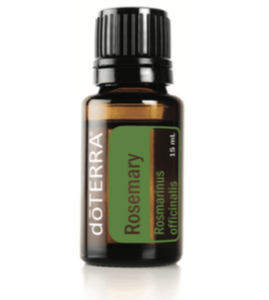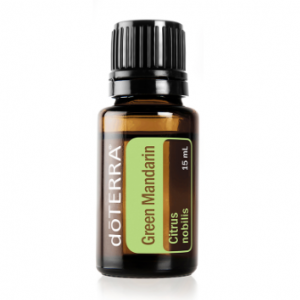Description
You’ve probably heard of turmeric before—it’s the spice that makes curries and mustard yellow in colour. Maybe you’ve even seen it available as a supplement at your local health-food store. That turmeric powder in capsules and spice bottles comes from a root that is dried and ground. However, an option you probably have heard less about is Turmeric essential oil. Turmeric oil is a much more powerful choice when it comes to using this spice for various health benefits.
As a key botanical of the traditional Ayurvedic practices of India, turmeric root and has a long history that has inspired modern uses of turmeric today.
Steam distilled from the turmeric root, Turmeric essential oil has two unique chemical components, Turmerone and ar-Turmerone. Curcumin is a main component of Turmeric.
A PubMed paper on Turmeric states:
The use of turmeric dates back nearly 4000 years to the Vedic culture in India, where it was used as a culinary spice and had some religious significance. It probably reached China by 700 ad, East Africa by 800 ad, West Africa by 1200 ad, and Jamaica in the eighteenth century. In 1280, Marco Polo described this spice, marveling at a vegetable that exhibited qualities so similar to that of saffron. According to Sanskrit medical treatises and Ayurvedic and Unani systems, turmeric has a long history of medicinal use in South Asia. Susruta’s Ayurvedic Compendium, dating back to 250 bc, recommends an ointment containing turmeric to relieve the effects of poisoned food.
The paper concluded: The beneficial effects of turmeric are traditionally achieved through dietary consumption, even at low levels, over long periods of time. A precise understanding of effective dose, safety, and mechanism of action is required for the rational use of turmeric in the treatment of human diseases. Further clinical studies are warranted if turmeric is to be employed in meeting human needs and improving human welfare. The activities of turmeric include antibacterial, antiviral, anti-inflammatory, antitumor, antioxidant, antiseptic, cardioprotective, hepatoprotective, nephroprotective, radioprotective, and digestive activities. Phytochemical analysis of turmeric has revealed a large number of compounds, including curcumin, volatile oil, and curcuminoids, which have been found to have potent pharmacological properties.
You can read the full paper here: https://www.ncbi.nlm.nih.gov/books/NBK92752/
Try diffusing for a unique and rejuvenating aroma. Turmeric essential oil acts as a great burst of flavour to your favourite savoury meals.
- Add one or two drops to your food for flavour enhancement.
- Diffuse one or two drops for a unique aroma. Blends well
with Wild Orange, Ylang Ylang, Grapefruit, Cardamom, Cinnamon and Ginger essential oils. - Supports clean and healthy skin while reducing the sign of blemishes.
Cautions:
KEEP OUT OF REACH OF CHILDREN. Possible skin sensitivity. If you are pregnant, nursing or under a doctor’s care consult your physician. Avoid contact with eyes, inner ears and sensitive areas.
Plant Part: Rhizome
Aromatic description:. warm, spicy, earthy, woody
Extraction Method: Steam distillation
Main Chemical Components: ar-Turmerone, Turmerone
Source:. India / Nepal





Reviews
There are no reviews yet.